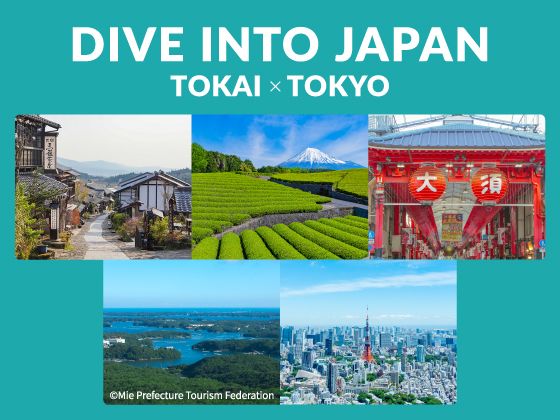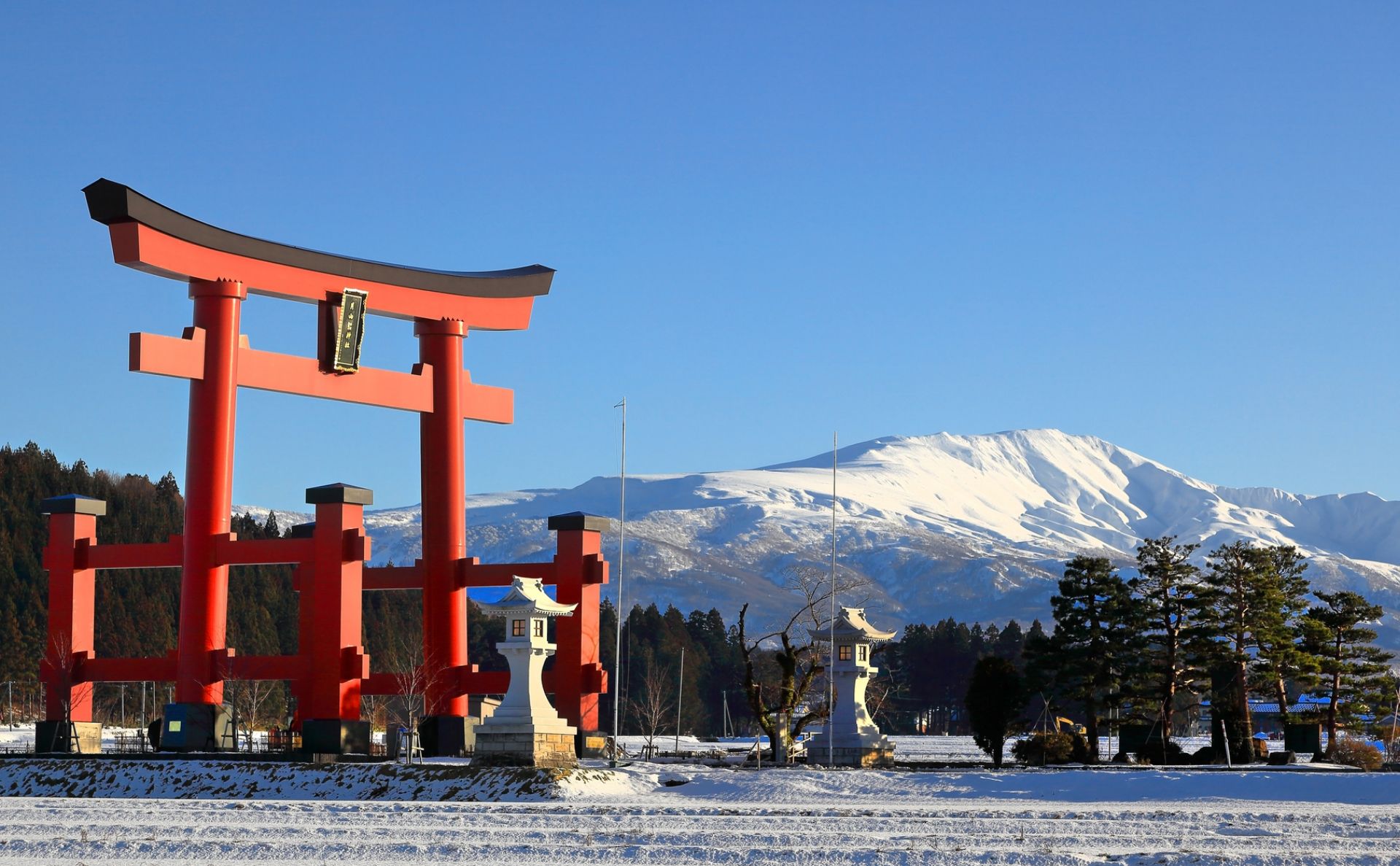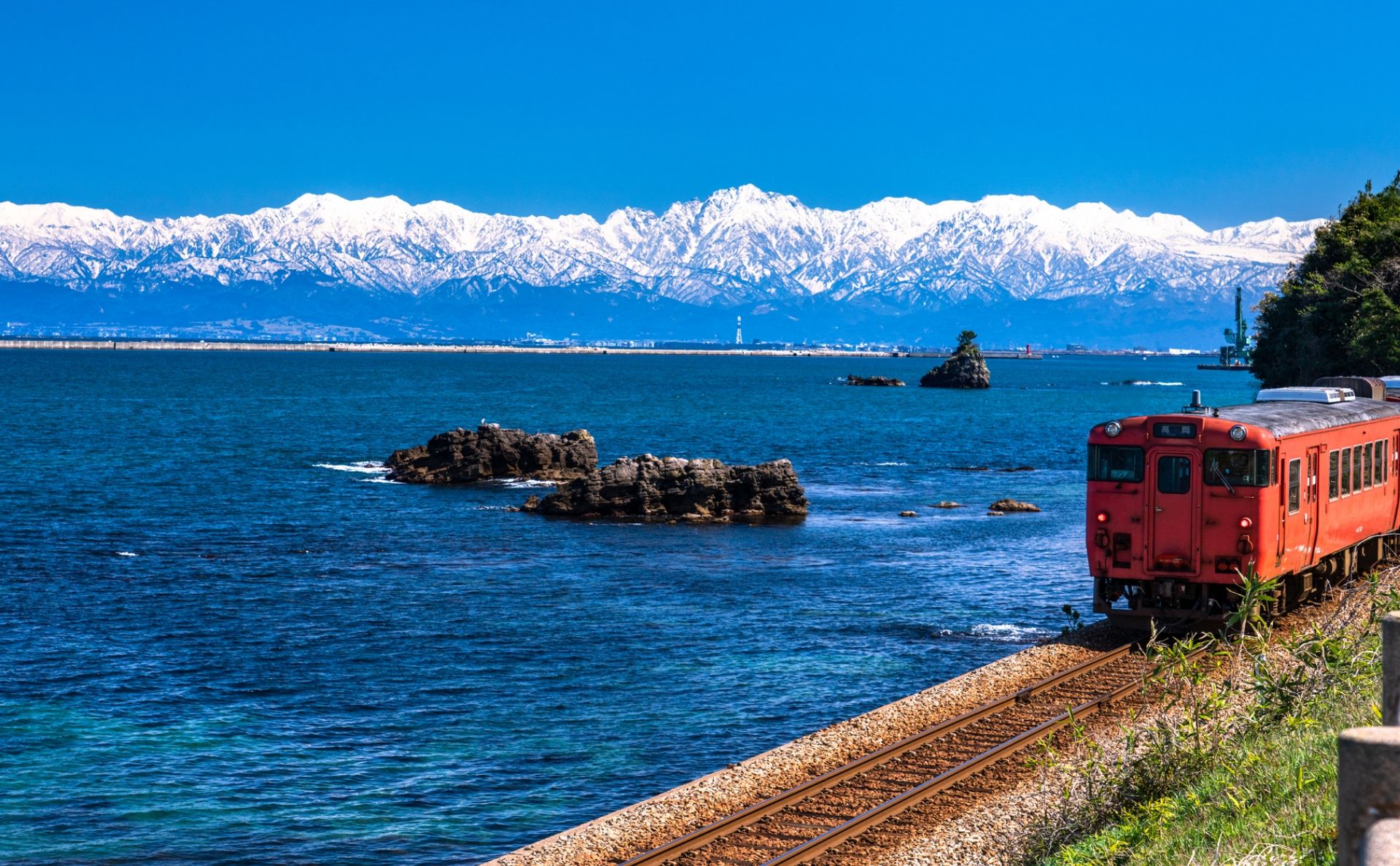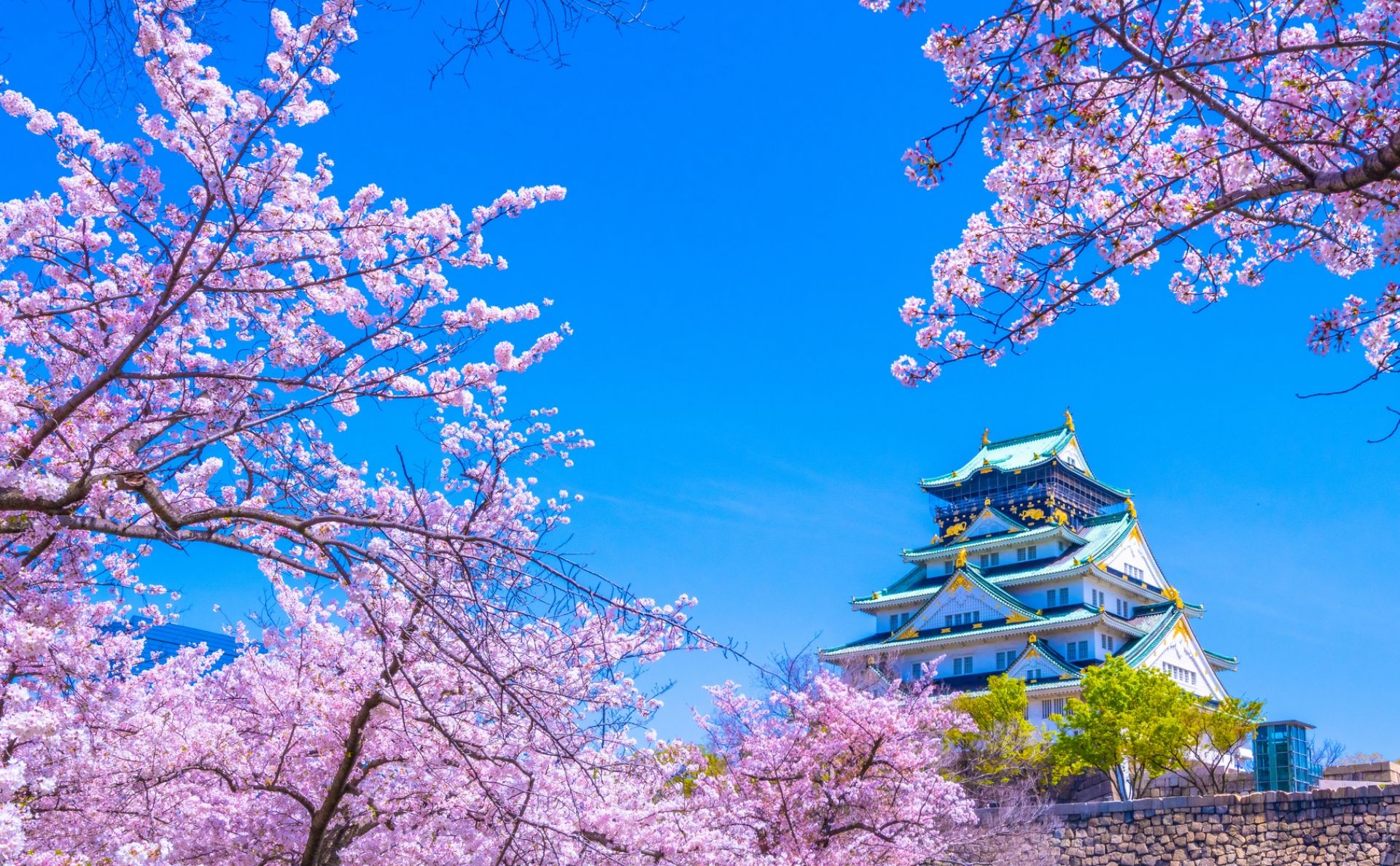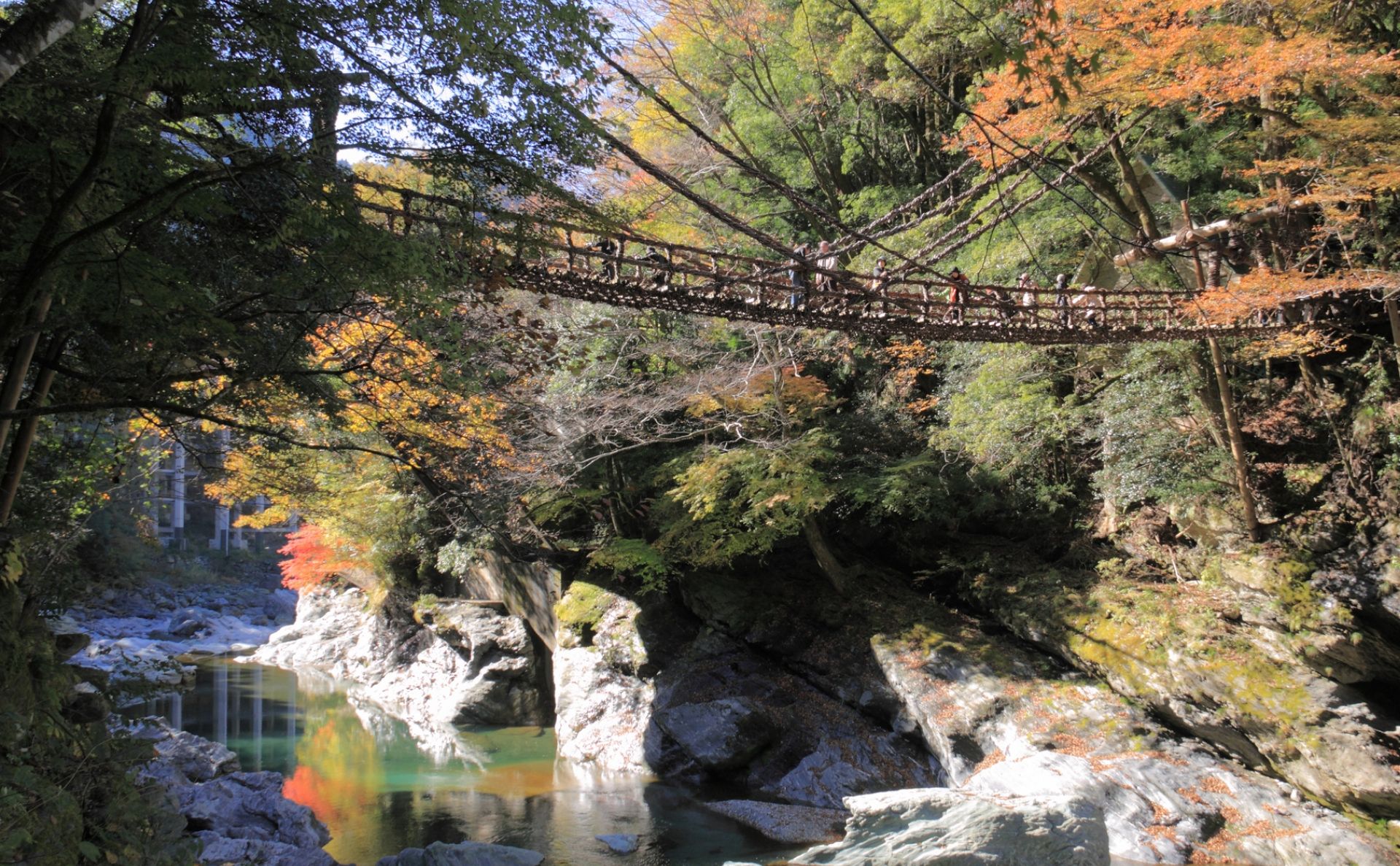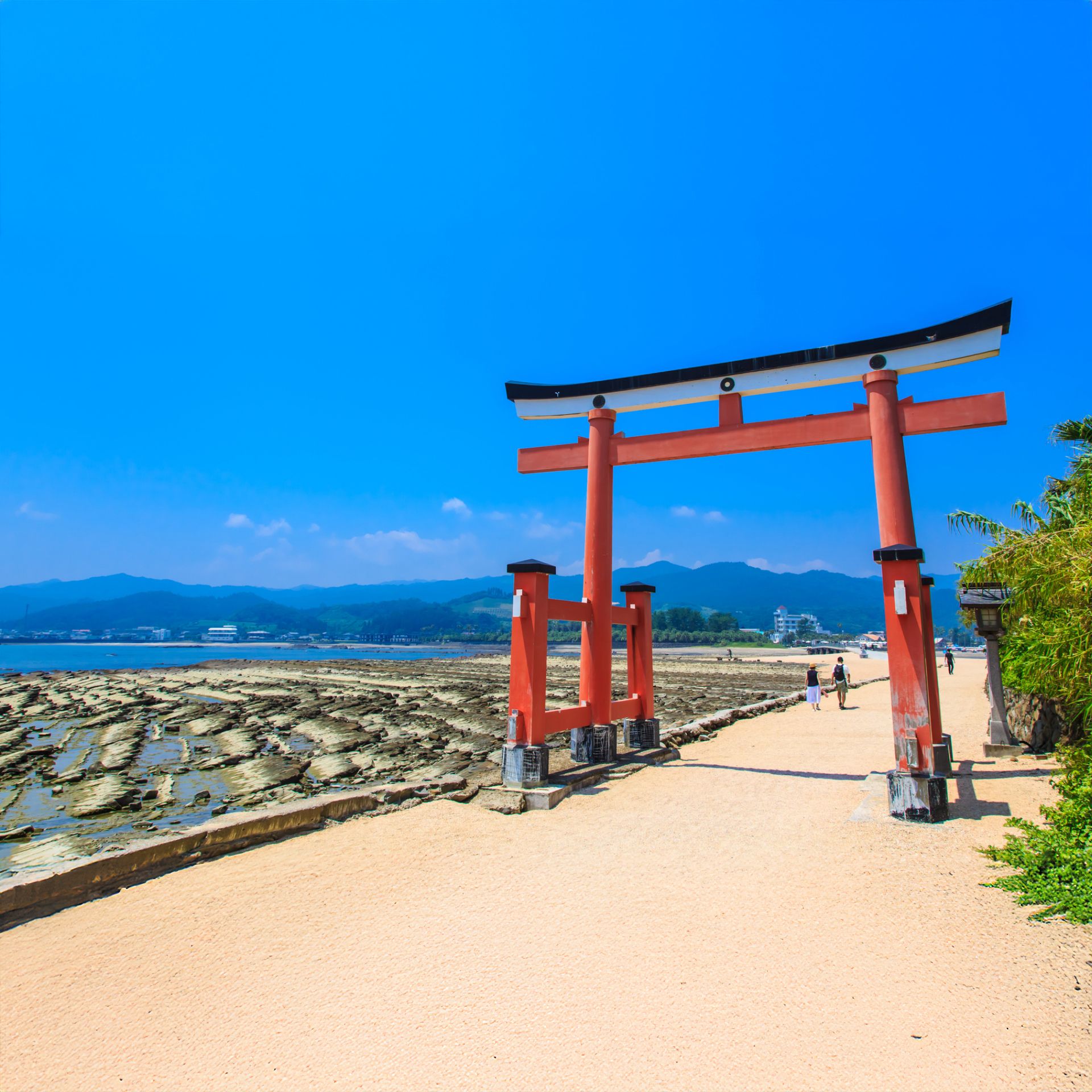Tokai
Unseen Anywhere Else
The Unique Beauty of Japan
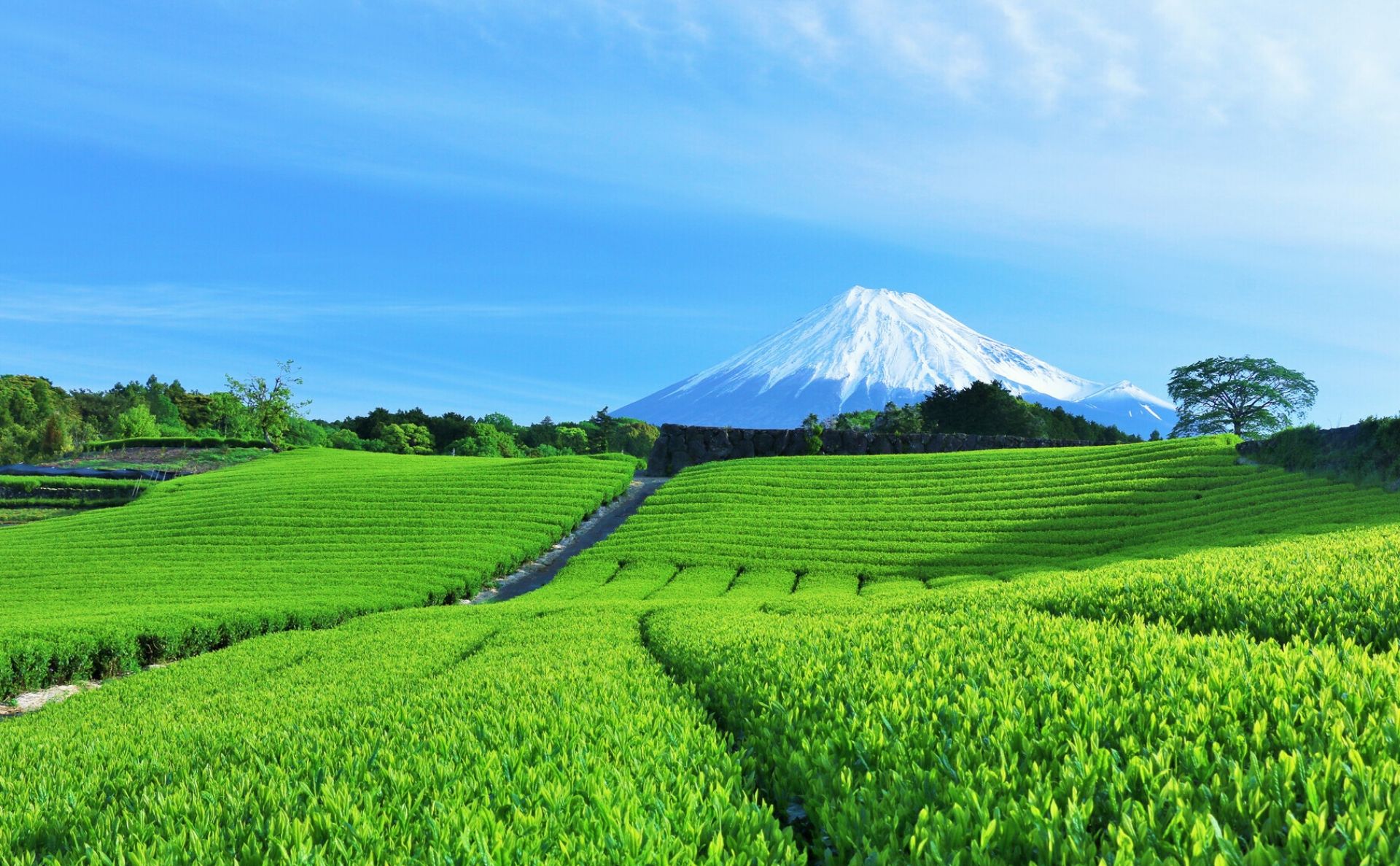
A hub of environmental elegance, Tokai exemplifies the reverance that Japan has for the natural world. The Tokai region necessitates a slower pace and demands that you stop and apprecuate the finer things in life.
Tokyo
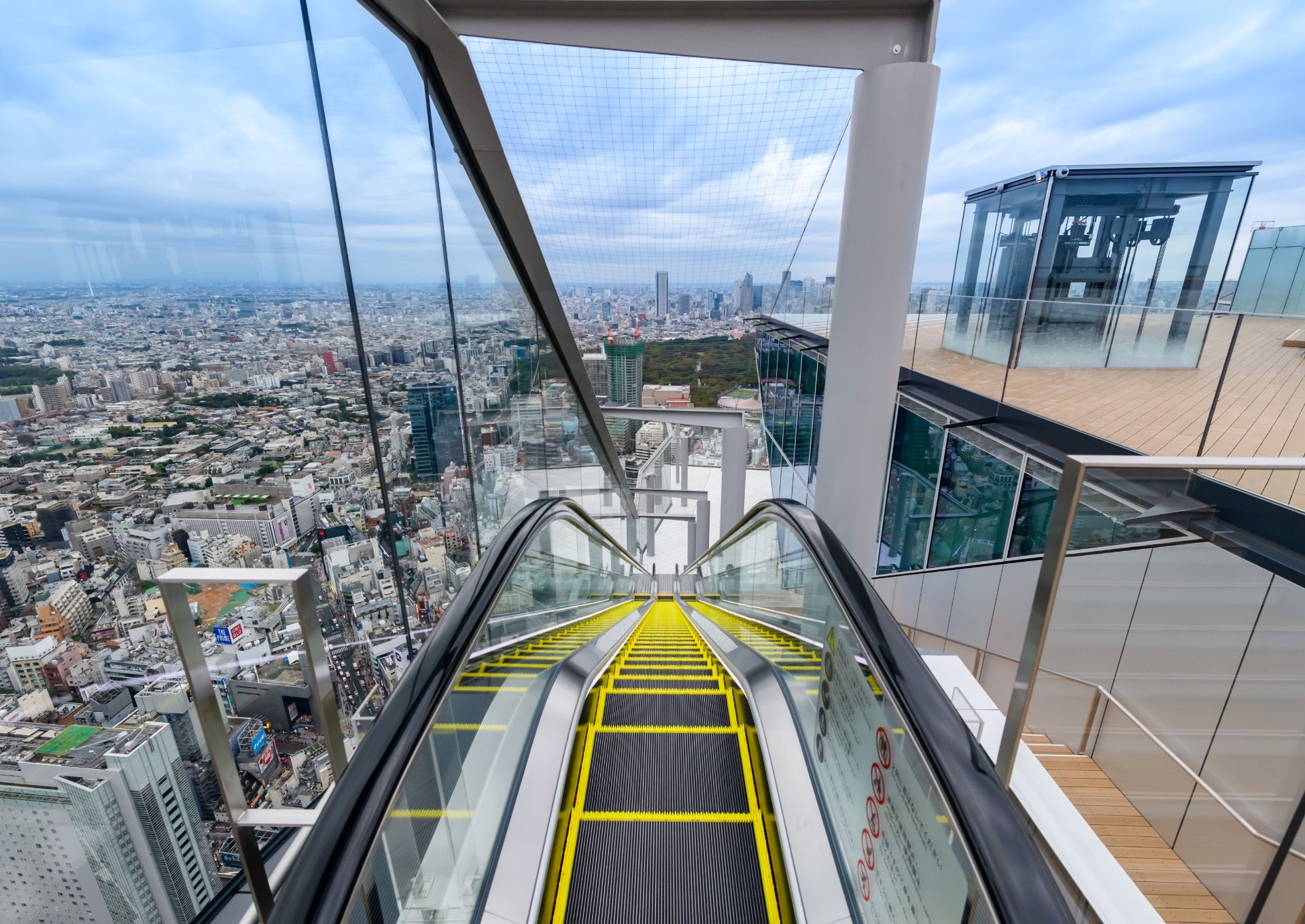
SHIBUYA SKY, Tokyo
The center of Tokyo tourism for many, Shibuya offers all and then a dash more. From the frenzied yet orderly crossing to the litany of shopping and dining options, there is rarely a dull moment. Thankfully at SHIBUYA SKY, you can view it all! Offering an unobstructed 360-degree panoramic view of Tokyo from 229 meters above the pedestrian-heavy streets, this view is undoubtedly going to satiate any and all cravings for the quintessential image of Tokyo. Beginning with the opening of a planetarium in front of Shibuya Station in 1957, the area and the city around it proceeded to develop at a rapid pace. This planetarium directly inspired the concept of SHIBUYA SKY, promoting cultural exploration and intellectual curiosity. Composing of three distinct zones: a transitional space from the 14th to 45th floor (SKY GATE), the rooftop observation deck (SKY STAGE), and the indoor observation corridor on the 46th floor (SKY GALLERY). Frequently hosting an array of astronomical-themed events, from lunar eclipse viewings to art installations, the sky truly is the limit here. As a prelude to the wonders to come, SHIBUYA SKY offers a fabulous all-encompassing view of Tokyo before being whisked off to the natural beauties of Tokai.

The Tokai region is located between Tokyo and Osaka, making it easily accessible from both cities on the Tokaido Shinkansen from Tokyo. From Tokyo, it takes about 1 hour to reach Shizuoka and around 1 hour 30 minutes to reach Nagoya by Shinkansen. Flyers may also travel to Nagoya Station from Chubu Centrair International Airport via the Meitetsu Limited Express, taking approximately 45 minutes.
Shizuoka
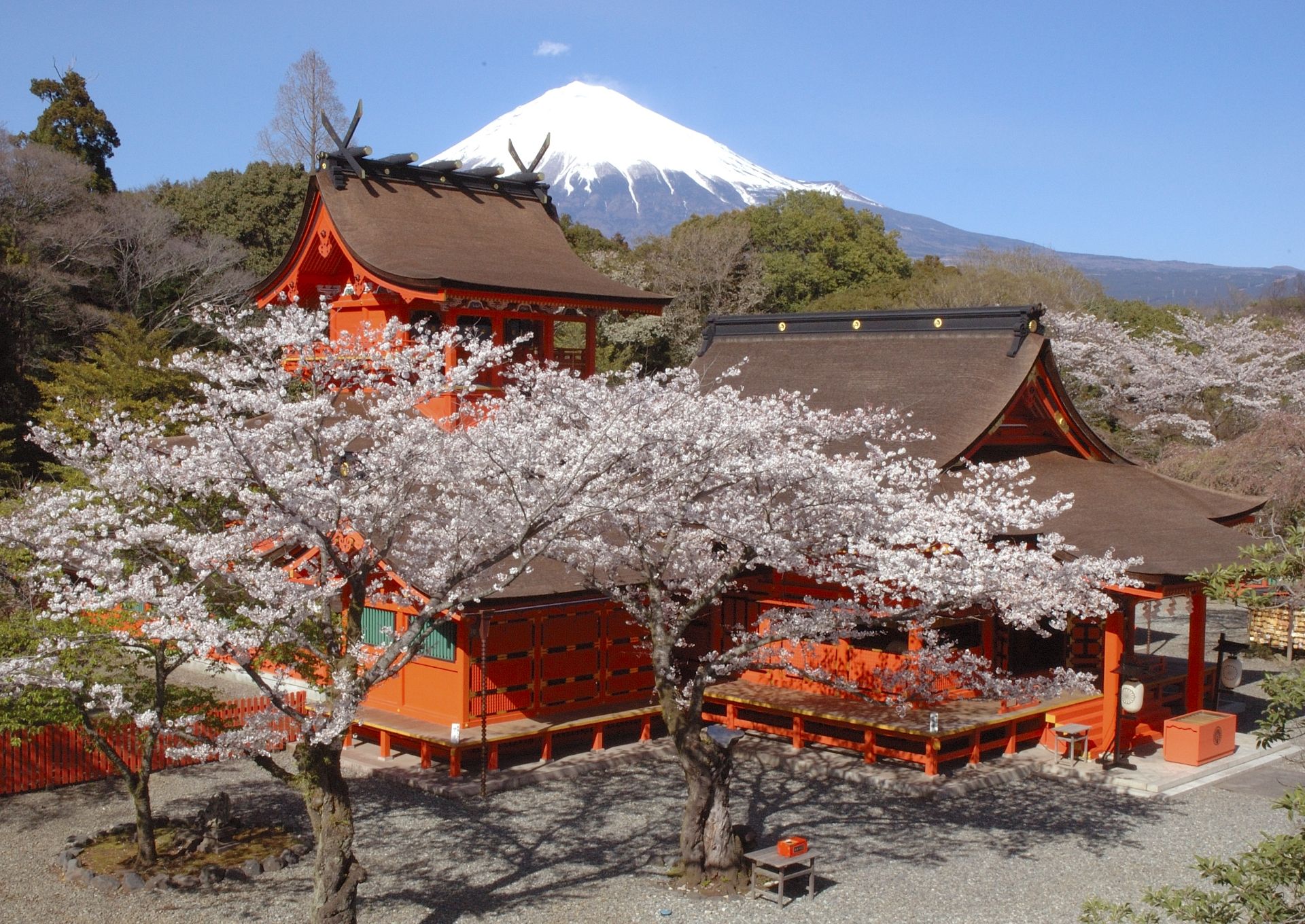
Fujisan Hongū Sengen Taisha, Shizuoka
A symbol not just of Tokai, but of Japan, Mount Fuji began forming more than 100,000 years ago. Originating as the Ancient Fuji volcano, through repeated eruptions, it would cover the northern half of Mount Ashitaka and majority of Mount Komitake. Mount Fuji would reach an ultimate height of 3,776m, becoming Japan’s highest peak. Directly influencing the spheres of worship and art, Mount Fuji has been viewed as an expression of the Gods, both in times of triumph and tragedy. Becoming known as “Asama no Okami” during the Heian period, depictions of the mountain have shifted along with time, leading to the ukiyo-e woodblock prints that were exported around the globe. As a result, Mount Fuji is an immediate thought for many a tourist when asked to concoct an image of Japan. This iconic figure in Japan’s history can be viewed from several points in Shizuoka, including the top floor of the Mount Fuji World Heritage Centre. For an unobstructed coastline view, the Kumomi Coast is perfect.
It's from Shizuoka Station that you can easily reach the next destination, Aichi. Just hop on the JR 'Hikari' Shinkansen and you will be in Aichi in just under one hour!
Aichi
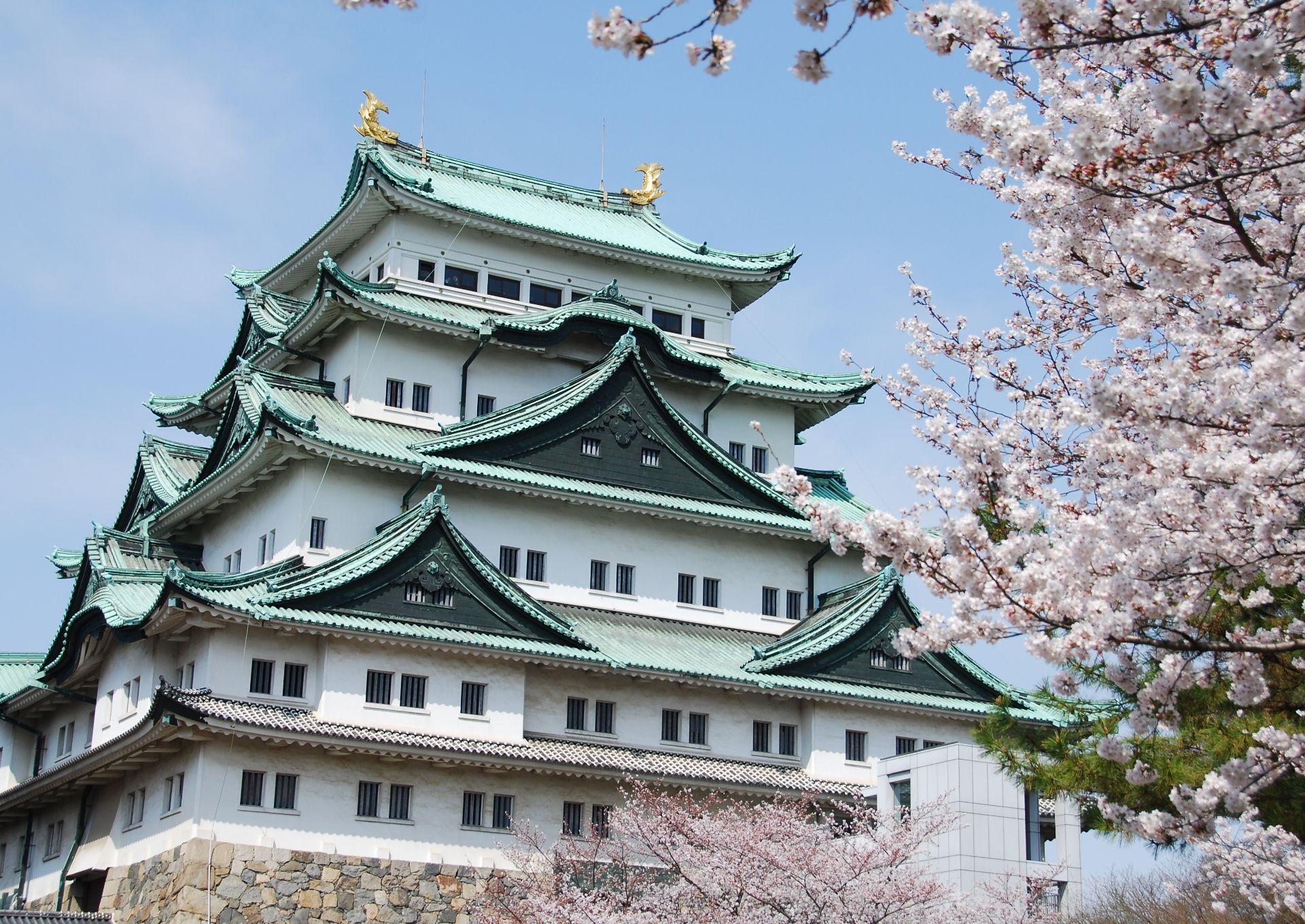
Nagoya Castle, Aichi
Located at the heart of Aichi Prefecture, Nagoya Castle is a testament to the enduring legacy of Tokugawa Ieyasu. Constructed using the most advanced technology of the time, and being ever-guarded by 16 successive lords, Nagoya Castle served as the Tokugawa residence for over 260 years. Nagoya Castle is also a favorite spot for cherry blossom viewing, but another popular place to enjoy the blossoms is Shirotori Garden. One of the largest Japanese gardens in the Tokai region, the flowers and vibrant colors on display fluctuate along with the seasons. From the aforementioned sakura in the spring, and autumn leaves in fall, tea house Seiu-tei plays host to these spectacular views all year round. Furthermore, at Shioiri-tei, guests can marvel at the Japanese garden while sipping on some exquisite matcha tea. Among several notable and natural highlights, guests must take time to appreciate the garden’s main pond, affectionately named “The History of Water.”
Back at Nagoya Station, Japan Rail operates a limited express train to the awe-inspiring Gero Onsen in Gifu.
Gifu
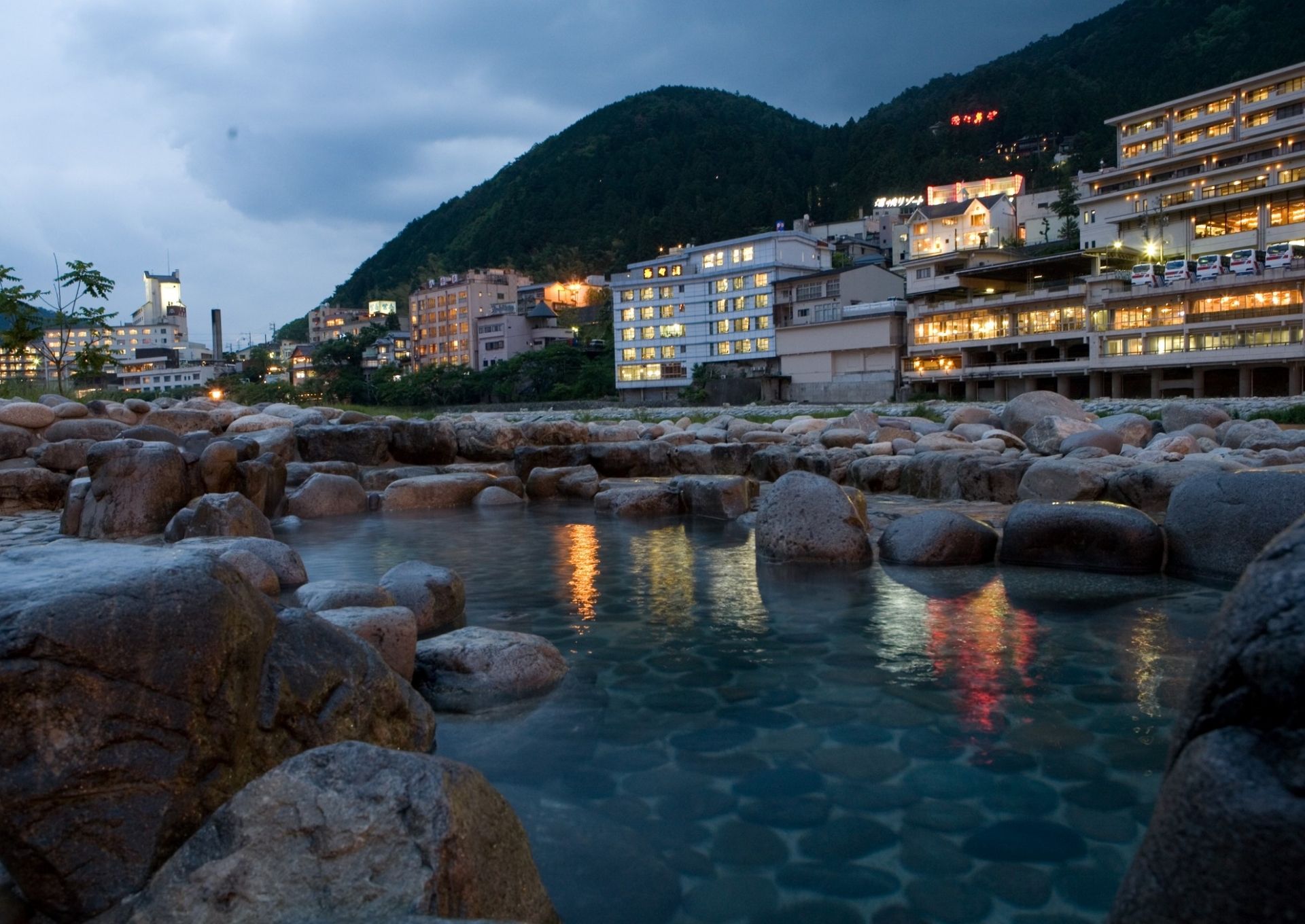
Gero Onsen, Gifu
Photograph courtesy of Gero City
A fabled hot spring in both appearance and lore, Gifu’s Gero Onsen possesses an origin dating back to the Tenryaku era of the late 10th century. Yakushi Nyorai, a renowned figure in Japanese Buddhism, was said to have transformed into a wounded white egret, after which it healed itself in the Hida River and subsequently revealed the location of Gero Onsen to locals. Renowned as a “hot spring of beauty” (Bijin no Yu) for its beneficial effects, Gero Onsen is celebrated as one of Japan’s Three Famous Hot Springs, making it a must-visit destination for any hot spring enthusiast. Awash with not only onsen, but tranquil footpaths, guests should take their time to wander and appreciate the deep lore of Gero Onsen.
To complement a legendary hot spring, Gifu also offers some fabled watery cascades, including the Hida-Osaka waterfalls. Situated at the foot of Mount Ontake, there are in excess of 200 waterfalls that formed as a result of lava flows from about 54,000 years ago. Viewable via the ‘Hida-Osaka Waterfalls Tour’, these local spots are recognised by Gifu Prefecture as “NEXT GIFU HERITAGE” and as such, emphasize Tokai region’s profound respect for the nature of Japan and the millennia that helped shape it.
Mie
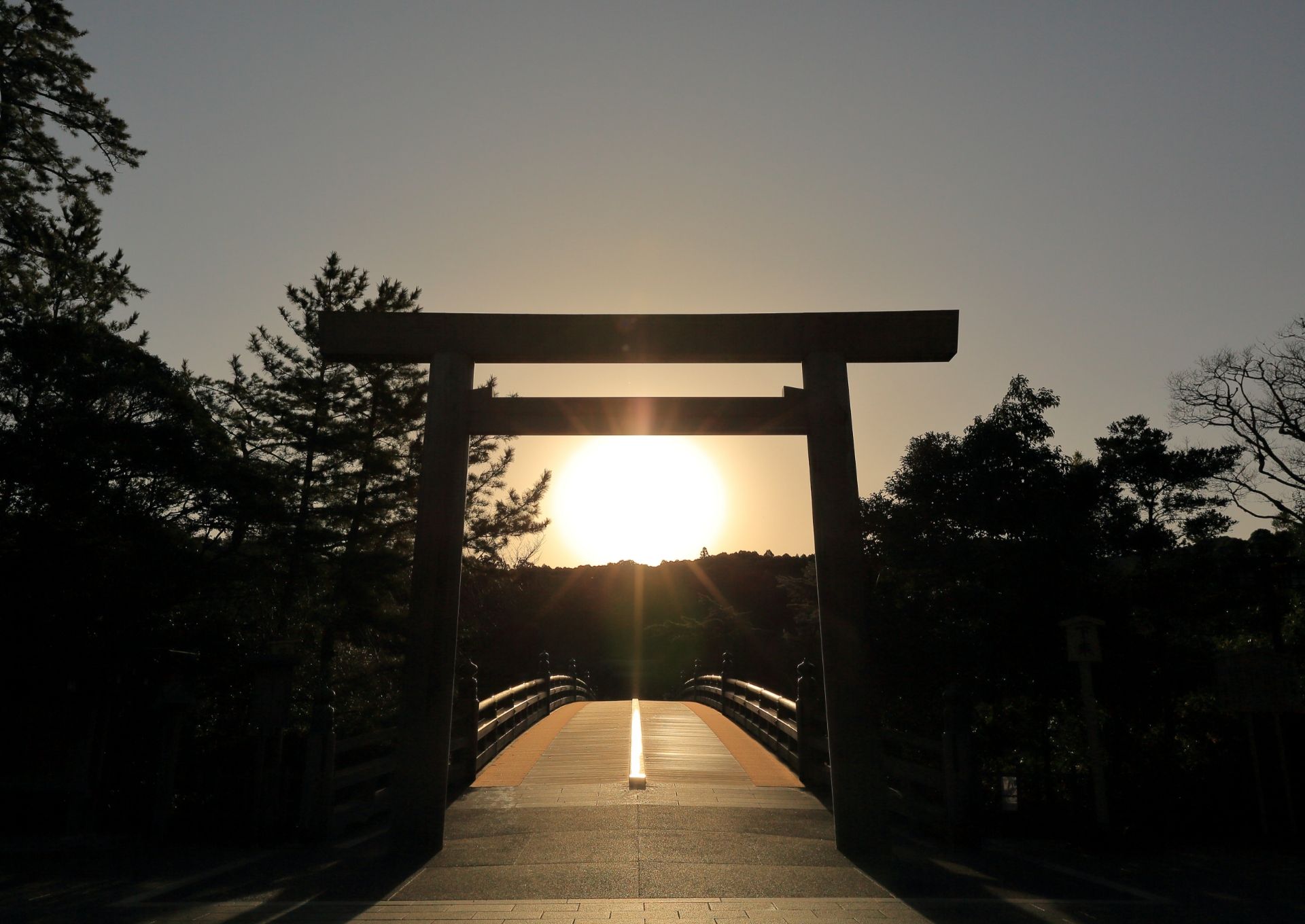
Ise Jingu, Mie
Affectionately referred to as “Oisesan,” Ise Jingu is a collection of 125 shrines located in Ise City of Mie Prefecture. Recognized as the Soul of Japanese people, Ise Jingu’s Inner Shrine (Naiku) enshrines the Sun Goddess, Amaterasu Omikami, and the Outer Shrine (Geku) is dedicated to Toyouke Omikami, the God of food, clothing, shelter, and industry. Ise Jingu is not solely revered for its significance to Shinto, with Amaterasu Omikami being considered an imperial ancestor, rather its architectural feats are also a cause of great adoration. Referred to as 'Yuiitsu-Shinmei-zukuri’ this architectural style is believed to be one of Japan’s oldest and most distinctive. Dating back more than 2,000 years, Ise Jingu has long since been an integral pilgrimage site for Japanese worshippers. With one out of 10 Japanese citizens making a pilgrimage to Ise Jingu during the Edo Period, its importance to spiritualism and tourism, both domestic and international, simply cannot be overstated. International guests are further encouraged to fully submerge themselves in the spirit of Ise Jingu, participating in temizu, the act of purifying an individual’s hands and mouth before approaching the main shrine. Through rituals such as these, guests may truly experience the spiritualism of ‘The Soul of Japanese peolpe.’
The Tokai region ultimately strives to uphold a subterranean reverence for the natural world; an esteem that bears fruit in the form of some of Japan’s most breathtakingly beautiful spots. For lovers of hot-springs and history alike, Tokai promises a serene and spiritual retreat.
Public Transport Operators
-
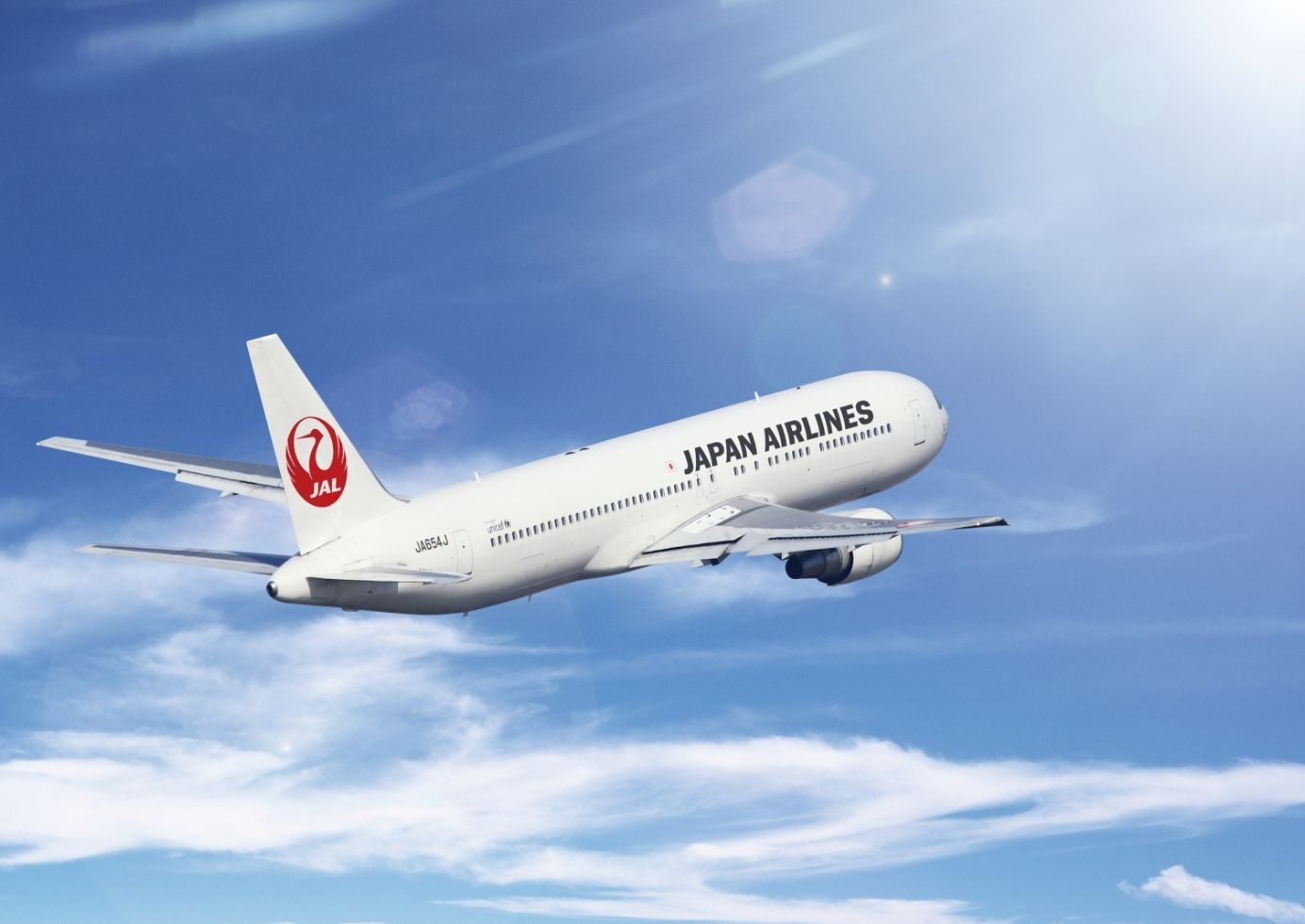
JAL
Japan Airlines operate bound for TOKAI region at 1 Airport(Chubu Centrair International Airport) and 2RT/Daily, Also We provide Domestic Discount flight. We look forward to your patronage.
-
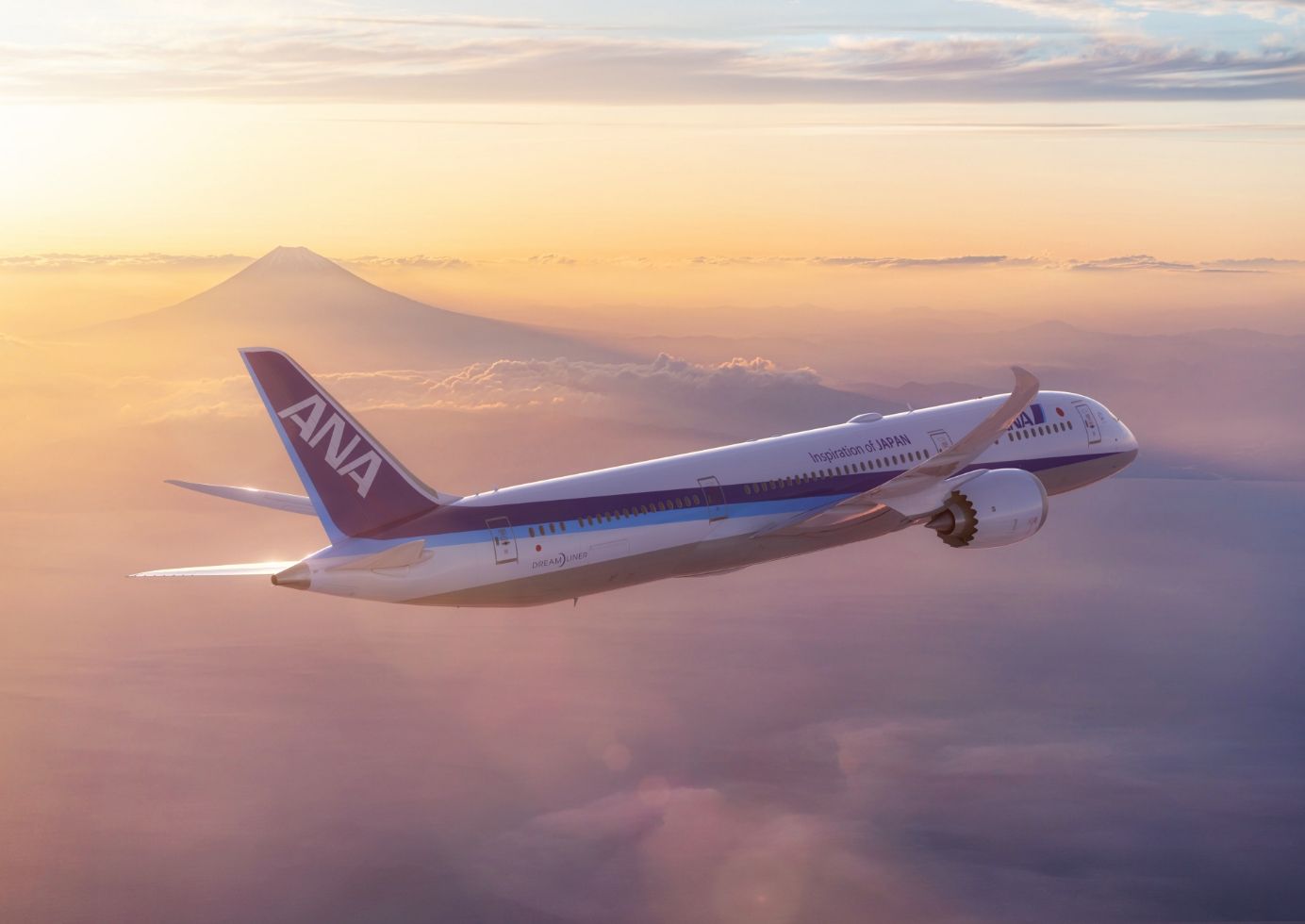
ANA
Travel becomes more exciting with ANA. We have an extensive network connecting Japan and the world — including service to over 50 airports nationwide. With warm Japanese hospitality, ANA offers convenient access across the country, making every journey more comfortable and turning your trip into a special memory.
-
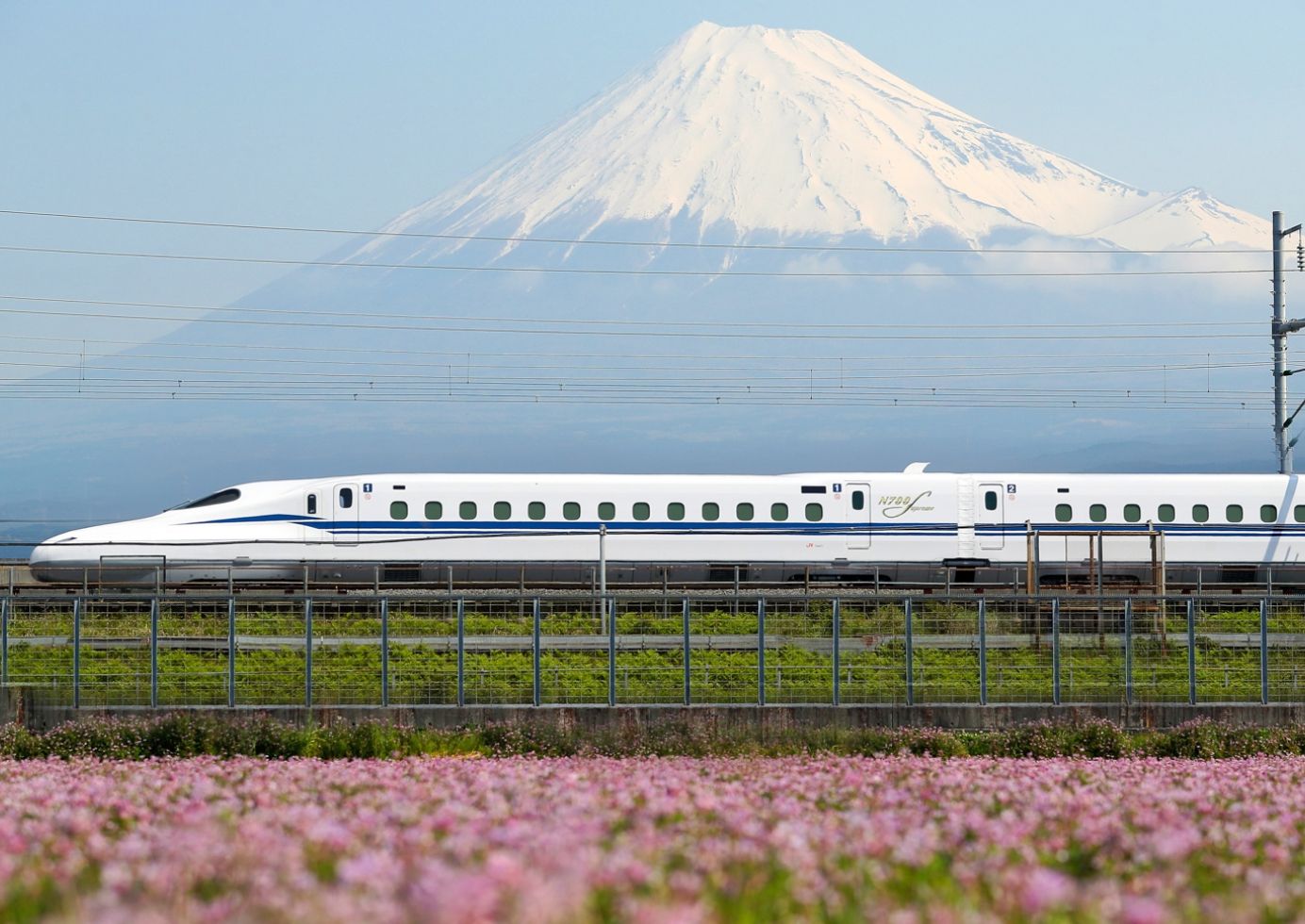
JR Central
The Tokaido Shinkansen operated by JR Central offers quick, safe, and comfortable travel between major cities including Tokyo, Shizuoka, and Nagoya. You can also book your tickets online! When heading to the Tokai region from Tokyo, we warmly invite you to ride with us.
